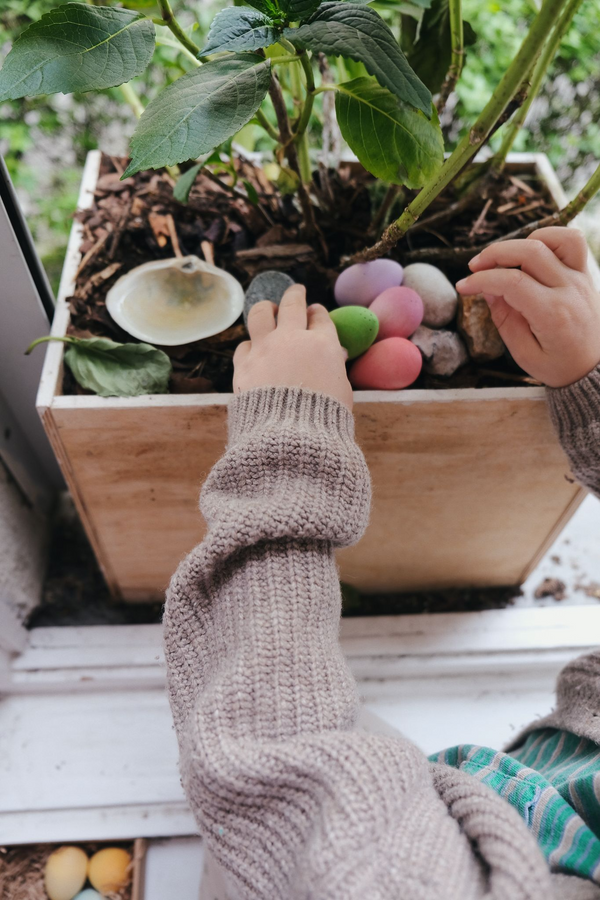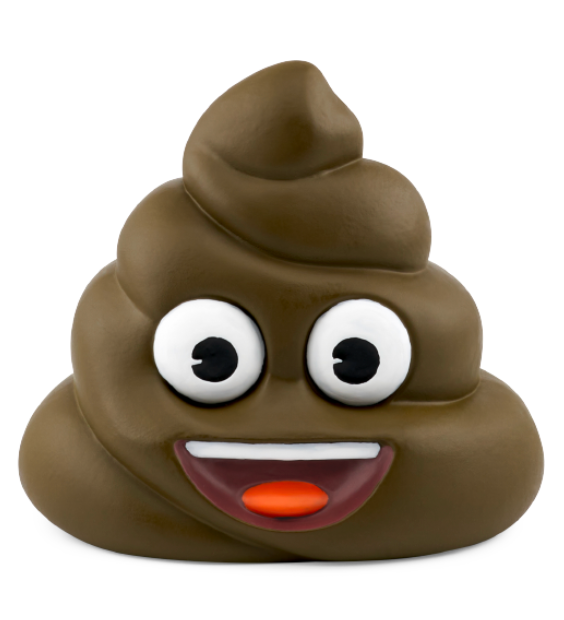
How Many Toys is Too Many?
Erin Burt
 I started reading a post by author Janet Lansbury that was titled “Better Toys for Busy Babies.” The gist of the article was that a lot of the toys out there cause a passive child to watch an active toy, and even sets the stage for later TV watching.
I started reading a post by author Janet Lansbury that was titled “Better Toys for Busy Babies.” The gist of the article was that a lot of the toys out there cause a passive child to watch an active toy, and even sets the stage for later TV watching.
A large part of Lansbury’s theory is to keep toys simple so that kids can investigate them on their own and use their imaginations. She isn’t alone in the less-is-more mindset when it comes to toys. Another author calls it “the gift of boredom” because when a child has fewer options, it helps foster their own creativity and adaptability.
So I started to think, how many toys is too many and what types of toys should I be getting?
I’m not saying that the blinking, twirling, bright-light toys all have to go, because they absolutely have their place. As I am typing this, I look over at my daughter in her fancy new Jumperoo, intrigued at the flashing lights allowing me time to finish this post. But maybe we can integrate more of the basics at home and bring out the big guns for car trips or grocery store runs.
Here are some great options to inspire independent, imaginative play:
Melissa & Doug Wooden Play Food – It comes with 4 crates to sort different food groups in and can inspire their very own living room pop-up grocers. In fact, I’m a fan of Melissa & Doug toys in general for their cuteness and quality.
Tegu Magnetic Blocks - The description of “Curiously attractive and perfect for those seeking toys supporting open-ended and unscripted play” pretty much sums it up.
Fat Brain Toys: Tobbles NEO – Another great company, Fat Brain toys keep the idea of back to basics and open-ended toys true to heart. These stackables are great because they don’t need to be stacked with precision to stay up, are bright, and have a grippable texture.
Crazy Aaron’s Thinking Putty - A new take on a classic, Crazy Aaron’s has a wide variety of shaping putty from Glow in the dark, to magnetic, to heat sensitive for little hands to mold and shape.
Kinetic Sand – Another great option for moldable and shapeable fun, sand that is actually ok for inside play.
Apart from these, there are probably already things in your house that can be used to activate young imaginations: Cardboard boxes, plastic cups for stacking, sheets for fort building, magnetic letters and shapes for the fridge, or good old-fashioned crayons and construction paper. Something I saw an art teacher do once was take a large poster board and draw streets on it and let the students add stop signs, buildings, trees etc. to create their own neighborhoods they could send a matchbox car through. There are a lot of ideas out there to help boost your little’s creative, independent play.
Lisa is a baby-wearing, breastfeeding, cloth diapering new mama. She loves running, yoga, craft beer and exploring all things about natural parenting.







